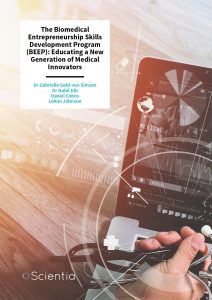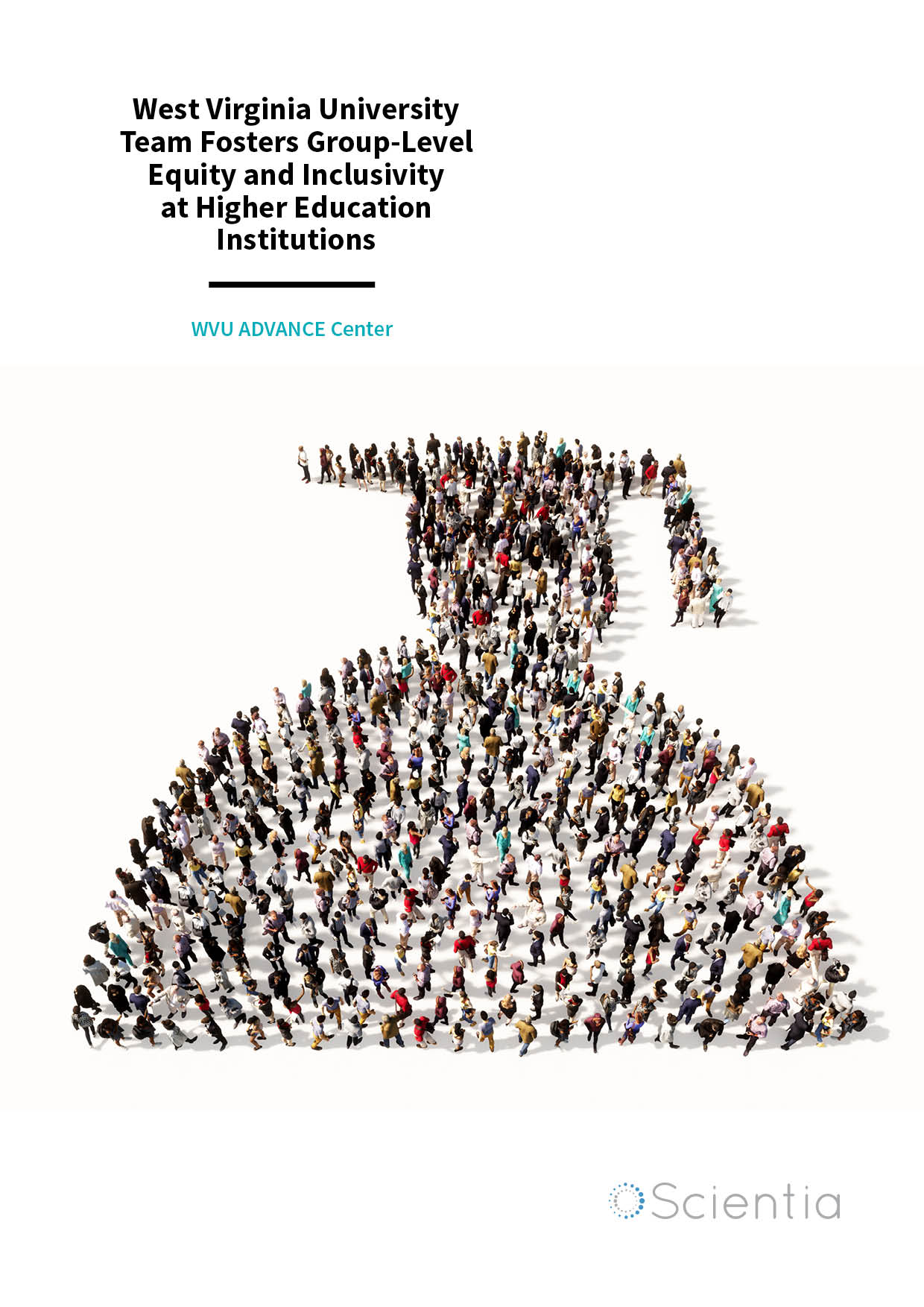The Biomedical Entrepreneurship Skills Development Program (BEEP): Educating a New Generation of Medical Innovators
Innovative, new technologies are rapidly being introduced into the medical world, as scientists and inventors continually discover solutions to all kinds of health issues. However, comprehensive education in medical product development, business process and strategy is distinctly lacking for science students who aspire to become commercial medical innovators and entrepreneurs. Entrepreneurially minded professionals at the New York University Grossman School of Medicine developed, implemented, and integrated programs to train early scientists in the business side of science to accelerate the pace of commercialisation and encourage individuals to pursue venture creation and entrepreneurship to impact highly relevant healthcare solutions.
Filling an Important Gap in Biomedical Education
The exciting world of medical technology and digital health solutions is expanding at a rapid rate, bringing with it innovative and ground-breaking solutions to all sorts of medical conditions. Underpinning these new therapies is a solid grounding in the sciences, especially biomedical science. However, releasing novel technology into the world requires more than a researcher’s scientific knowledge; it requires a business savvy that is not always taught in scientific and medical degree programs.
To fill this important gap, a collaborative group of experts in biomedical entrepreneurial education at the New York University Grossman (NYU) School of Medicine created an academic program called the Biomedical Entrepreneurship Skills Development Program (BEEP), supported by an R25 Educational Grant from the National Institute for Diabetes and Digestive and Kidney Diseases (NIDDK). One professional playing a key role in the implementation of this important program is Dr Gabrielle Gold-von Simson, who explains ‘Our mission is to accelerate the pace of commercialisation of biomedical inventions and discoveries by supporting postdoctoral students, undergraduate and graduate students, and faculty in launching new ventures.’
BEEP integrates the resources at NYU, the NYU Grossman School of Medicine, and the NYU Clinical Translational Science Institute (CTSI) to provide mentoring, expert analysis, and networking along with support in market research, product definition and business model development to help students advance their ideas and become more proficient in the business side of science. This assists participants to take their scientific knowledge and research and apply it to the development of well-designed, practical health solutions and commercial ventures that will positively impact people with disease. Furthermore, enrolling and retaining participants from underrepresented groups to improve their access and retention in research, science, technology, and healthcare is a key goal.
The initial evaluation and feedback to date regarding BEEP are both overwhelmingly positive. Dr Gold-von Simson explains, ‘Evaluations show significant increases in self-assessed knowledge. We believe that this knowledge and the added confidence that it instils (as seen by evaluating participants’ attitudes towards entrepreneurship) will in turn make programme graduates attractive and competitive candidates for many positions in the biomedical industry, both in new ventures and at more established companies.’ To further test the impact of their work, Dr Gold-von Simson and her colleagues will initiate long term surveys that will track participants’ career development over several years, and they plan to report back on this in due course.
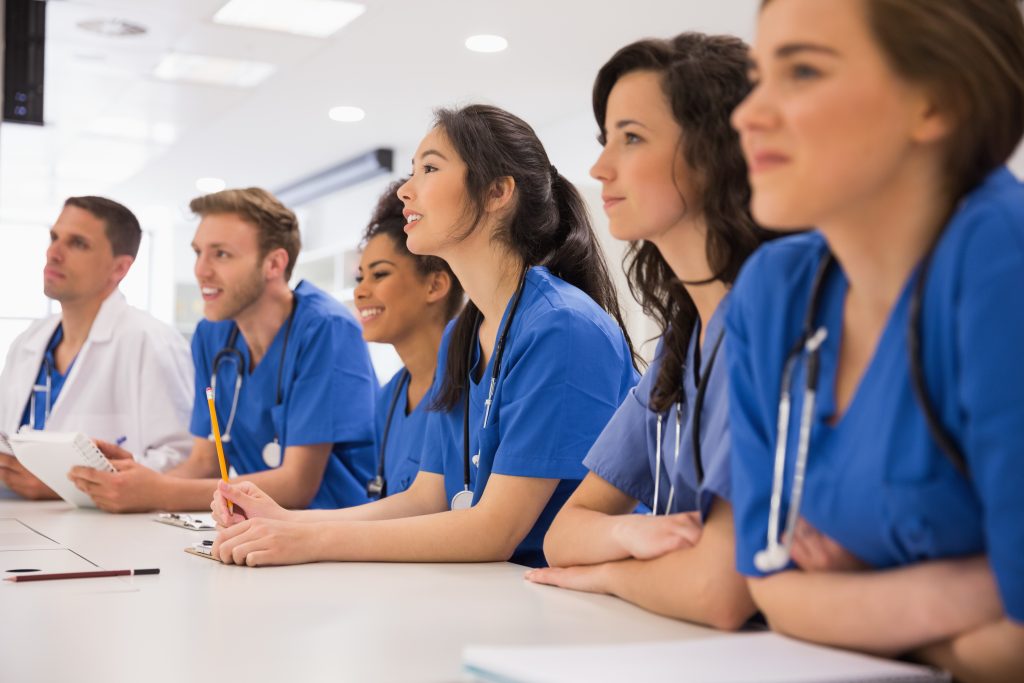
Translational Pathways for Cardiovascular Devices: Online Course
A new and unique collaborative element of the BEEP program was recently introduced into the programme. This multidisciplinary collaboration brings together experts in biomedical product development from different universities and will further enable the cross-pollination of ideas. Dr Nabil Dib (President of the International Society for Cardiovascular Translational Research) and other colleagues with extensive expertise in the development of cardiovascular devices designed and implemented the in-depth online course and e-book.
Dr Dib saw that less than 10% of medical start-up companies succeed, and this is often due to a significant educational gap in medical product development and innovation. As such, he wanted to provide a course with educational materials to teach how medical products are produced, and to clearly outline each important step. This translational pathway self-paced course explains the standardised process of medical product development from the beginning (identifying unmet patient needs) to the end (providing a therapeutic to patients). Experts from the Food and Drug Administration (FDA) including the Director of the Cardiovascular Devices Division, Dr Bram Zuckerman, experts from the European Commission, and world industry leaders all contributed to this comprehensive course to ensure each aspect was approved by a relevant specialist.
The Translational Pathways for Cardiovascular Devices course involves eight different online sessions which contain topic talks from experts, ranging in length from five minutes to forty minutes. Following each session, panel discussions are available to enhance and consolidate the information given during the section. In total, the course contains 25 hours of educational material provided through 80 multidisciplinary lectures presented by the innovators, industry leaders and regulators who helped create it.
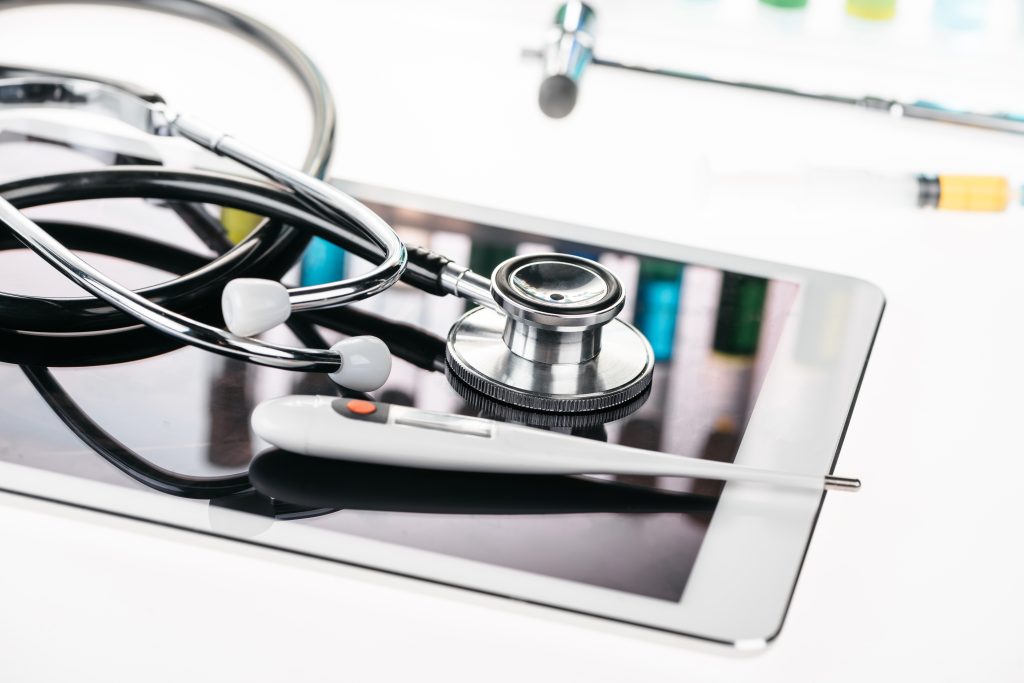
Session One is titled Basic Knowledge on Medical Devices Development and provides a general overview through thirteen different topics. These topics ensure each student has a solid understanding of the translational pathway for cardiovascular products. Starting at unmet patient needs, students learn how to choose a concept and create a product from this. This requires knowledge of intellectual property, business planning, regulatory procedures, reimbursement and practice guidelines. Students are then taught about preclinical trials and evaluation, often necessitating animal models. These trials are used to assess the early feasibility of their medical product to see if it can move onto clinical research.
The knowledge of translational biostatistics is critical to collect the evidence through the product development, to which the course dedicates a long topic. Understanding common study design, sample size, evaluation methods and more is essential for the students to evaluate their ideas. Once a product produces promising results, regulatory approval is needed to roll it out and market it, so the talks on this topic are given by regulatory experts from the FDA and European markets. The students then learn about the adoption of their potential technology, the implications their translational research can have and any conflicts of interest. Session One concludes with the patients’ voice, where students can reflect on the people that they are aiming to serve through their innovations.
‘Our mission is to accelerate the pace of commercialisation of biomedical inventions and discoveries by supporting postdoctoral students, undergraduate and graduate students, and faculty in launching new ventures.’
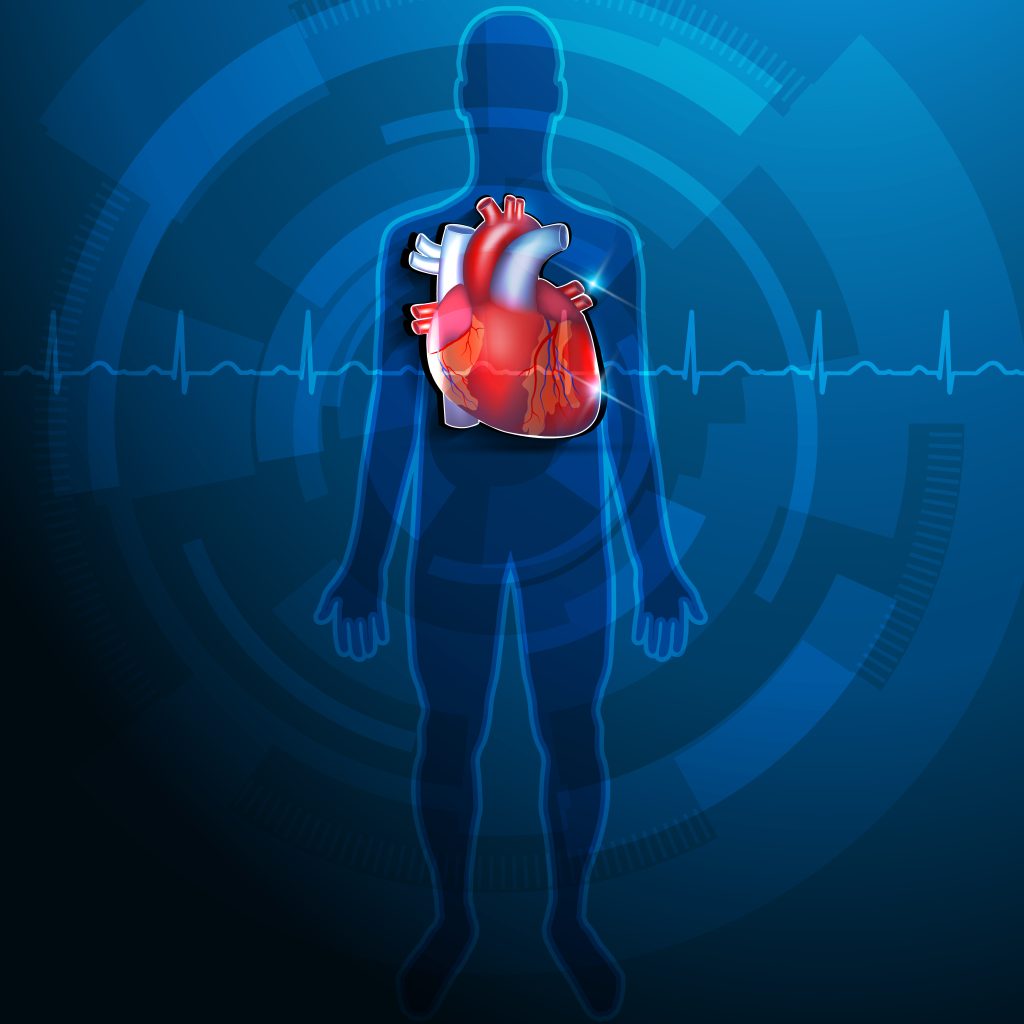
Translational Pathways for Specific Cardiovascular Technologies
The subsequent sessions of the course are focused on the translational pathways for specific cardiovascular technologies so the students can see how their teaching from the first session could be, and is, applied in real-world situations. Beginning with an explanation of the clinical need for each cardiovascular treatment device, the sessions move on to describe the methods and endpoints of their development, the current challenges and their future direction from an industry point of view. Some sessions also review the progress of a specific technology through its clinical trials and beyond.
Session Two is dedicated to the Translational Pathway for Transcatheter Aortic Valve Replacement. This is a surgery that involves the replacement of aortic valves in the heart that have narrowed and fail to open properly, reducing normal blood flow. This is followed by Session Three: Translational Pathway for Transcatheter Mitral/Tricuspid Valve Devices and then Session Four: Translational Pathway for Coronary Stent.
Coronary stents are a life-saving and widely-used technology that open up coronary arteries that have been blocked or narrowed due to atherosclerosis (thickening or hardening of the arteries). The procedure requires the insertion of a balloon into the blocked vessel, which is then inflated to increase the space within. A wire-mesh tube, known as a stent, is left in place in the artery to facilitate blood flow long after and prevent future heart attacks and reduce angina (chest pain).
Session Five of the course delves into the Translational Pathway for Catheter Ablation, Session Six covers Translational Pathway for Ventricular Assist Devices, and Session Seven focuses on the Translational Pathway for Interventional Devices for Heart Failure. These devices are implanted into patients who have suffered from irregular heartbeat rhythms and/or heart failure and the varying types carry out specific functions. For example, pacemakers are given to patients whose hearts beat too slowly (less than 60 beats per minute) due to a condition called bradycardia. The pacemaker generates electrical pulses that make the heart pump at a regular rate. Similarly, implantable cardioverter defibrillators can sense if the heart is beating too quickly due to heart disease, heart failure or genetic arrhythmias. The device creates an electrical shock which puts the heart back into a normal rhythm.
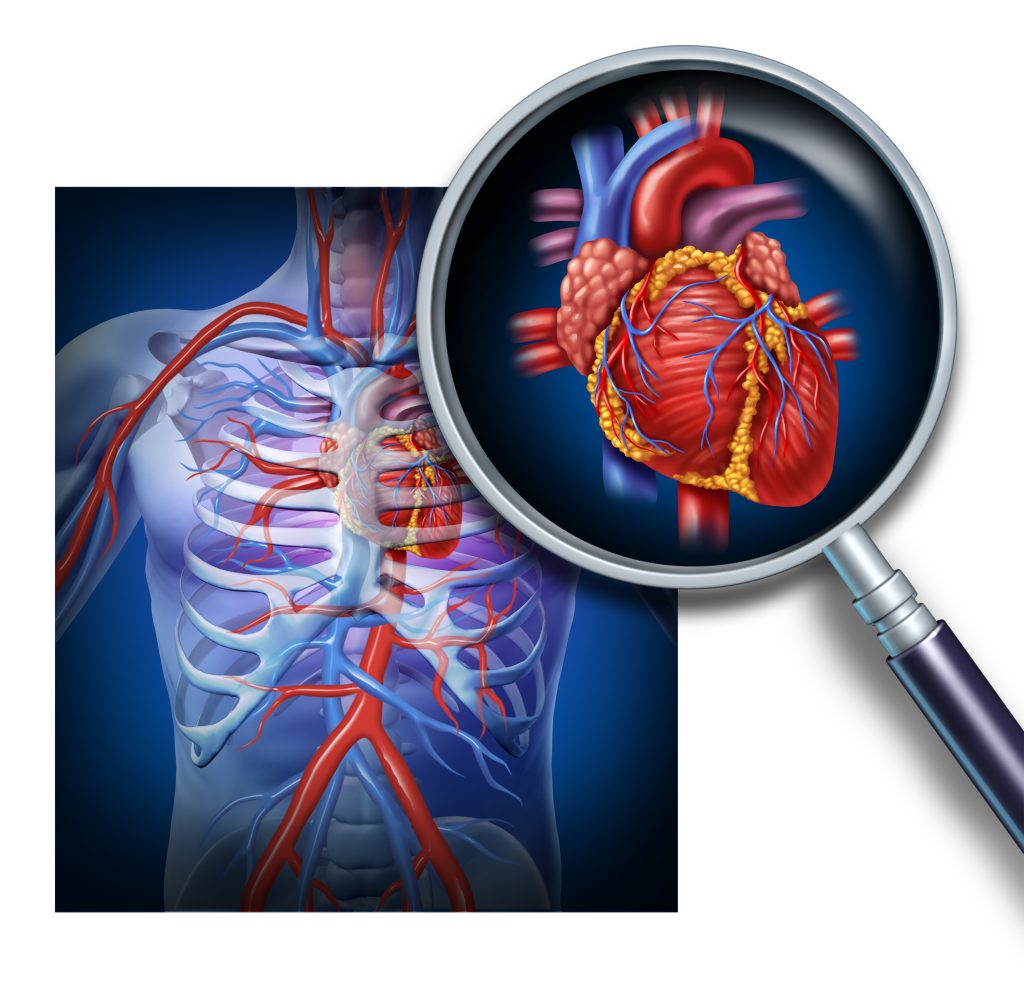
The final session, Session Eight, discusses the Translational Pathway for Left Atrial Appendage Closure Devices. These devices are an alternative to long-term anticoagulation (anti-clotting) drugs which can have negative side effects like bleeding complications for many patients. In a somewhat surprising procedure, a plug is placed in the left atrial appendage of the heart to prevent blood flow to the area. This is because blood clots form here in about 85% of cardiovascular clotting events and blocking off the section appears to reduce the risk of stroke to the same extent as drugs but without the risk of bleeding complications.
As the students understand the strategies and processes needed for medical innovation and see how they can be applied to existing technologies, they are challenged to consider how they might contribute to the field in the future. The pioneering education they receive pushes them to think creatively yet practically. With the addition of this multi-institutional self-paced course, specific to device venture development, the BEEP is greatly enhanced and can better provide a more immersive experience to early researchers in the biomedical field interested in product development, venture creation, and entrepreneurial partnerships.
These innovative and collaborative efforts to educate and engage promising inventors have and will continue to expedite new scientific discoveries and their translation to effective therapies for patients. In the not-too-distant future, programmes like BEEP that incorporate collaborative learning opportunities such as the highly innovative course, Translational Pathways for Cardiovascular Devices, will encourage early-stage scientists to pursue their ideas for biomedical commercial ventures that can decrease medical costs, reimagine healthcare solutions, and ultimately, save lives.
SHARE
DOWNLOAD E-BOOK
LISTEN TO THE AUDIO
REFERENCE
https://doi.org/10.33548/SCIENTIA815
MEET THE RESEARCHERS
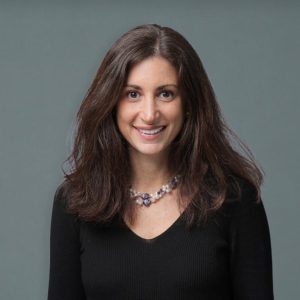
Dr Gabrielle Gold-von Simson
New York University Grossman School of Medicine
New York, NY
USA
Dr Gabrielle Gold-von Simson is an Associate Professor of Pediatrics at the New York University Grossman School of Medicine and holds an MD and MSc in Clinical Investigation from the same institution. She is the Principal Investigator on an R25 NIDDK-funded educational grant to support BEEP. She is also the Director of the Clinical Research Center and the Program Director for the Health Innovations and Therapeutics Track/Program.
CONTACT
E: gabrielle.gold-vonsimson@nyulangone.org
W: http://nyulangone.org /doctors/1487784864/gabrielle-gold-von-simson
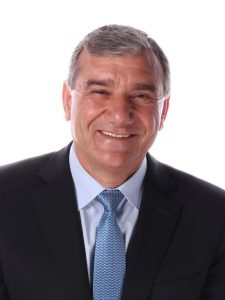
Dr Nabil Dib
International Society for Cardiovascular Translational Research
USA
Dr Nabil Dib completed his Interventional Cardiology Fellowship Program at Harvard Medical School, Beth-Israel-Deaconess Medical Center and received a Master of Science degree from Harvard School of Public Health. He is a practising Interventional Cardiologist, Inventor, and Educator. He founded the Journal of Cardiovascular Translational Research, has edited three books on cardiovascular translational research, and has held annual symposiums on medical product development. Dr Dib is the Founder and President of the International Society for Cardiovascular Translational Research.
CONTACT
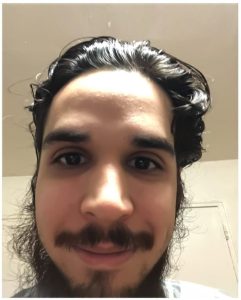
Daniel Cobos
New York University Grossman School of Medicine
New York, NY
USA
Daniel Cobos completed his BA in Psychology with minors in Sociology and Philosophy of Science at St. John’s University in New York. He currently works at the New York University Grossman School of Medicine as a Program Coordinator for the Translational Research Education and Careers programme within the Clinical and Translational Sciences Institute.
CONTACT
E: daniel.cobos@nyulangone.org
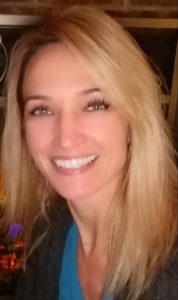
LeAnn Johnson
International Society for Cardiovascular Translational Research
USA
LeAnn Johnson is the Coordinator of the International Society for Cardiovascular Translational Research.
CONTACT
FURTHER READING AND RESOURCES
M Schillebeeckx, B Maricque, C Lewis, The missing piece to changing the university culture, Nature Biotechnology, 2013, 31, 938–941. DOI: https://doi.org/10.1038/nbt.2706
Online Course – Translational Pathways for Cardiovascular Devices: https://isctr.org/courses/translational-pathways-for-cardiovascular-devices/
eBook – Translational Pathways for Cardiovascular Devices
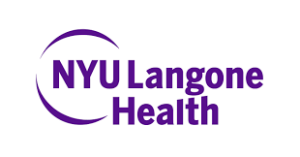
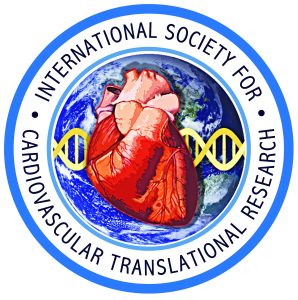
REPUBLISH OUR ARTICLES
We encourage all formats of sharing and republishing of our articles. Whether you want to host on your website, publication or blog, we welcome this. Find out more
Creative Commons Licence (CC BY 4.0)
This work is licensed under a Creative Commons Attribution 4.0 International License. 
What does this mean?
Share: You can copy and redistribute the material in any medium or format
Adapt: You can change, and build upon the material for any purpose, even commercially.
Credit: You must give appropriate credit, provide a link to the license, and indicate if changes were made.
SUBSCRIBE NOW
Follow Us
MORE ARTICLES YOU MAY LIKE
Dr Ralf Adam | New Technologies Shaping the Future of Oral Hygiene
Understanding the efficiency of various toothbrush technologies is essential for achieving optimal oral health. Dr Ralf Adam, who leads a dedicated team at Procter & Gamble in Germany, is keen to investigate the complexities of these technologies. His team have provided new insights into the best toothbrush types for plaque removal and the maintenance of gum health. By highlighting the importance of informed oral care decisions and ongoing investigations, this vital research works towards ensuring everyone can achieve a brighter, healthier smile.
WVU ADVANCE Center | West Virginia University Team Fosters Group-Level Equity and Inclusivity at Higher Education Institutions
Despite ongoing efforts to broaden participation in the academy, many groups remain underrepresented. More needs to be done to ensure that all faculty and students succeed in institutions of higher education. The WVU ADVANCE Center is an academic hub at West Virginia University, which provides services, events, mentorship opportunities, and other initiatives that promote the sense of belonging that leads to thriving faculty and students.
Dr Toby Phesse | Revealing the Mysteries of Wnt Signalling: Novel Approaches to Beating Cancer
Cancer remains a leading cause of mortality worldwide, and the need for new, more effective treatments remains an urgent challenge. Dr Toby Phesse from Cardiff University in the UK focuses on the role of the Wnt receptor found on the surface of cells and its involvement with cell communication and cancer growth, bringing fresh hopes for new therapeutic options.
Dr Vijay Reddy | The Virus World Database: An Invaluable Resource for Public Health and Healthcare
Severe viral disease presents an ongoing challenge to the health of humankind. While unparalleled developments in science and technology are improving our understanding of such viruses, this information needs to be readily accessible to researchers to ensure continued progress in public health and healthcare. Dr Vijay Reddy and his colleagues at the Hormel Institute (University of Minnesota) developed the Virus World database, an invaluable resource that details the genome, structure, and host of practically every discovered virus to date.

